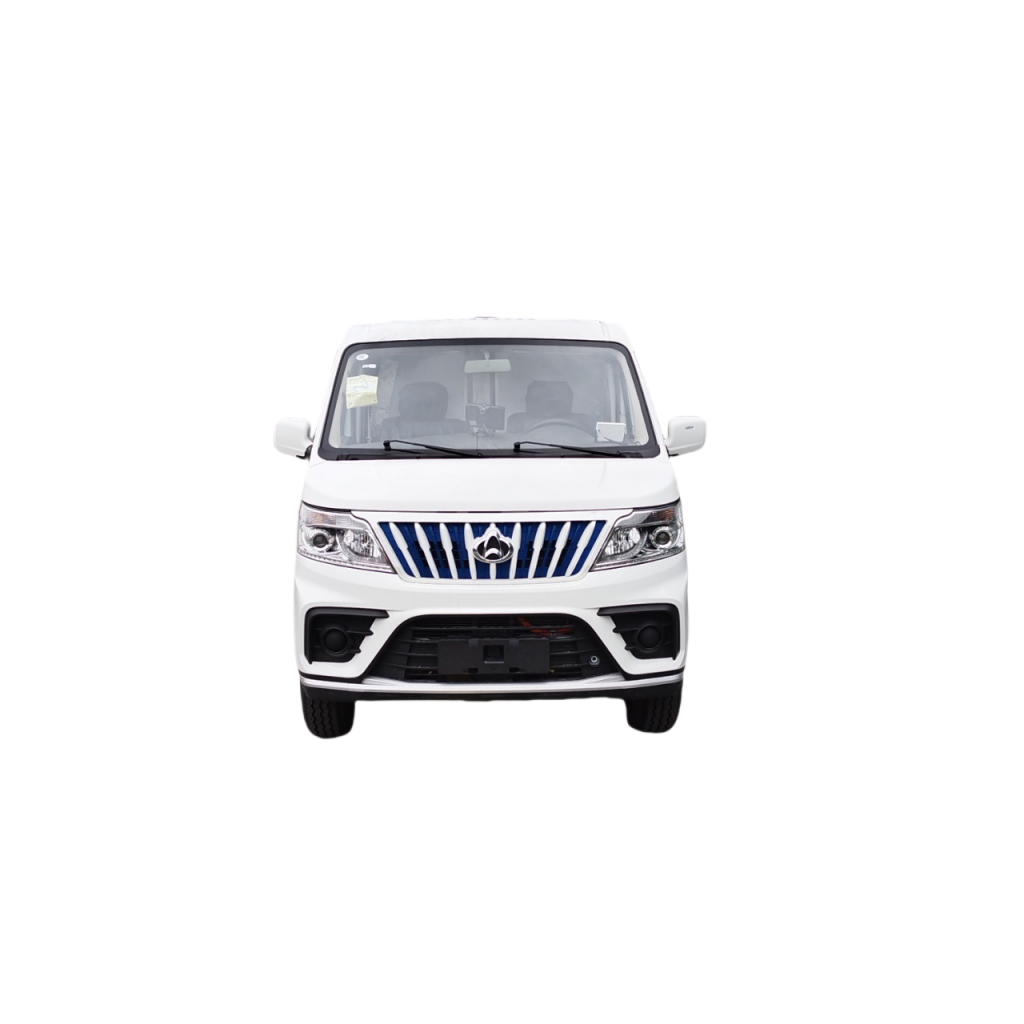Introduction
Truck mounted cranes are essential equipment in various industries, including construction, logistics, and utilities. They provide the ability to lift and move heavy loads with precision and efficiency. However, the operation of truck mounted cranes comes with inherent risks, making safety a top priority for operators and companies alike.
In this article, we will explore the importance of safety in the use of truck mounted cranes and how high safety ratings can ensure a secure working environment. We will delve into the key features and technologies that contribute to the safety of these cranes and provide insights into best practices for maintaining safety standards.
Understanding box trucks for sale Mounted Cranes
Truck mounted cranes are versatile machines that combine the mobility of a truck with the lifting capabilities of a crane. They are commonly used for loading and unloading heavy materials, transporting goods, and performing construction tasks. These cranes come in various sizes and configurations to suit different applications, from compact models for urban areas to larger cranes for heavy-duty lifting.
Safety Considerations for Truck Mounted Cranes
Safety is paramount when operating truck mounted cranes due to the risks associated with lifting heavy loads at height. Several factors contribute to the safe operation of these cranes, including proper training for operators, regular maintenance checks, and adherence to safety protocols. High safety ratings are crucial in ensuring that a truck mounted crane meets the necessary safety standards and regulations.
Key Features of Truck Mounted Cranes with High Safety Ratings
1. Load Capacity Monitoring Systems: High safety-rated truck mounted cranes are equipped with load capacity monitoring systems that provide real-time information on the weight of the load being lifted. These systems help prevent overloading, which can lead to crane instability and accidents.
2. Stability Control Mechanisms: Truck mounted cranes with high safety ratings feature stability control mechanisms such as outriggers, stabilizers, and automatic leveling systems. These components help maintain the crane's stability during lifting operations, especially on uneven or sloping terrain.
3. Emergency Stop Systems: In the event of an emergency, truck mounted cranes with high safety ratings are equipped with emergency stop systems that allow operators to quickly halt crane operations. This feature is essential for preventing accidents and ensuring the safety of personnel on-site.
4. Anti-Collision Technology: Some truck mounted cranes are equipped with anti-collision technology that uses sensors and cameras to detect obstacles in the crane's path. This feature helps prevent collisions with structures, vehicles, or personnel, reducing the risk of accidents.
5. Operator Training and Certification: High safety-rated truck mounted cranes require operators to undergo comprehensive training and certification programs. These programs cover crane operation, safety procedures, and emergency protocols to ensure that operators are competent and knowledgeable in safe crane operation.
Best Practices for Ensuring Safety with Truck Mounted Cranes
1. Regular Maintenance Checks: Implementing a regular maintenance schedule for truck mounted cranes is essential for ensuring their safe operation. Regular inspections, servicing, and repairs help identify potential issues before they escalate into safety hazards.

2. Operator Training and Certification: Prioritize operator training and certification to ensure that operators are proficient in operating truck mounted cranes safely. Ongoing training programs can help reinforce safety protocols and best practices for crane operation.
3. Adherence to Safety Protocols: Establish clear safety protocols and procedures for operating truck mounted cranes on-site. Emphasize the importance of following safety guidelines, wearing personal protective equipment, and communicating effectively with other personnel during lifting operations.
4. Risk Assessment and Planning: Conduct thorough risk assessments before initiating lifting operations with a truck mounted crane. Identify potential hazards, assess the surrounding environment, and develop a comprehensive lifting plan to mitigate risks and ensure safe crane operation.
5. Emergency Response Preparedness: Prepare for emergencies by developing an emergency response plan that outlines procedures for dealing with accidents, injuries, or equipment malfunctions. Ensure that all personnel are trained in emergency protocols and know how to respond effectively in critical situations.
Conclusion
Truck mounted cranes are indispensable tools for lifting and transporting heavy loads in various industries. However, the safe operation of these cranes requires a proactive approach to safety, including the use of high safety-rated equipment and adherence to best practices. By prioritizing safety features, operator training, maintenance checks, and emergency preparedness, companies can create a secure working environment and minimize the risks associated with crane operations.
In conclusion, investing in truck mounted cranes with high safety ratings is not only a legal requirement but also a moral obligation to protect the well-being of workers and uphold safety standards in the workplace. By following the guidelines outlined in this article, companies can ensure the safe and efficient operation of truck mounted cranes, fostering a culture of safety and excellence in their operations.
